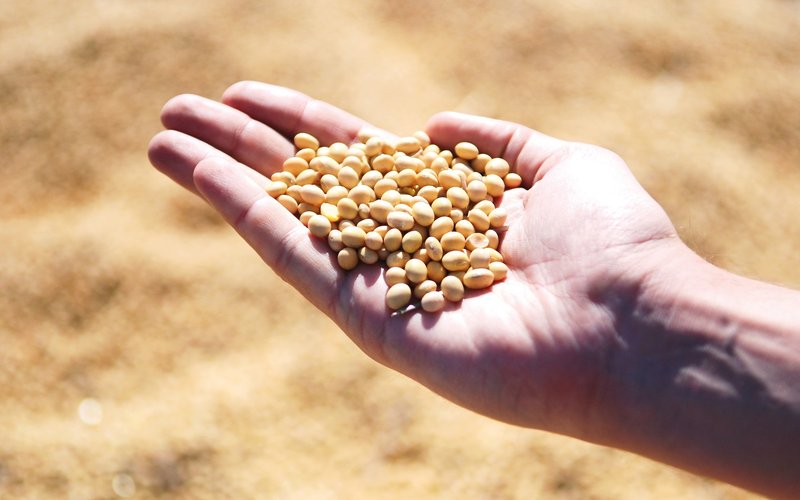China’s soybean production in the 2022-2023 marketing year is forecast to reach a near-record 19 million metric tons on higher yields, according to USDA Foreign Agricultural Service.
Government incentives for oilseed production, particularly soybeans, high prices for major oilseeds, and growing conditions in major soybean-producing regions drove increases in area and yield. Soybean prices remain high, averaging above RMB 6,400 (USD 915)/MT in wholesale markets, 8.7% higher than the previous year. However, China State Grain Reserve offered prices were RMB 5,650 to 6,000 (USD 807-857)/MT based on quality when the agency began to purchase soybeans in Heilongjiang on October 8. Although a price gap is expected between farm gate purchased beans and wholesale beans, the price difference suggests the Grain Reserve’s offered price is lower than the current market.
Soybean imports in 2021-2022 were 91.6 million metric tons (MMT), 8.1 MMT lower than the previous year, on weak demand for soybean meal and vegetable oil.
Feed production
Based on MARA statistics, total feed production in the first eight months of 2022 in China was 187.46 MMT, down 5% from the previous year. However, feed for aquaculture increased by 15.1% from the previous year.
China’s feed industry continues to explore alternatives to higher-priced protein resources. In addition to making use of limited protein substitutes, such as wheat and DDGS, China’s animal nutritionists are exploring feed formulations with amino acids and enzyme additives to reduce soybean meal inclusion rates.
Rapeseed production
Estimated rapeseed production for 2022-2023 is 15.4 MMT and peanut production is lowered to 16.8 MMT. Driven by China’s growing aquaculture production and limited rapeseed imports, rapeseed meal imports remained strong in 2021-2022, up 13% year-on-year. Aquaculture, a significant user of rapeseed meal, is expected to continue growing in 2022 as China’s wild-caught seafood production declines.










